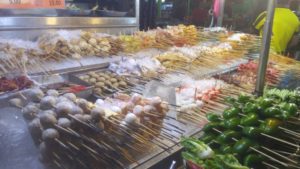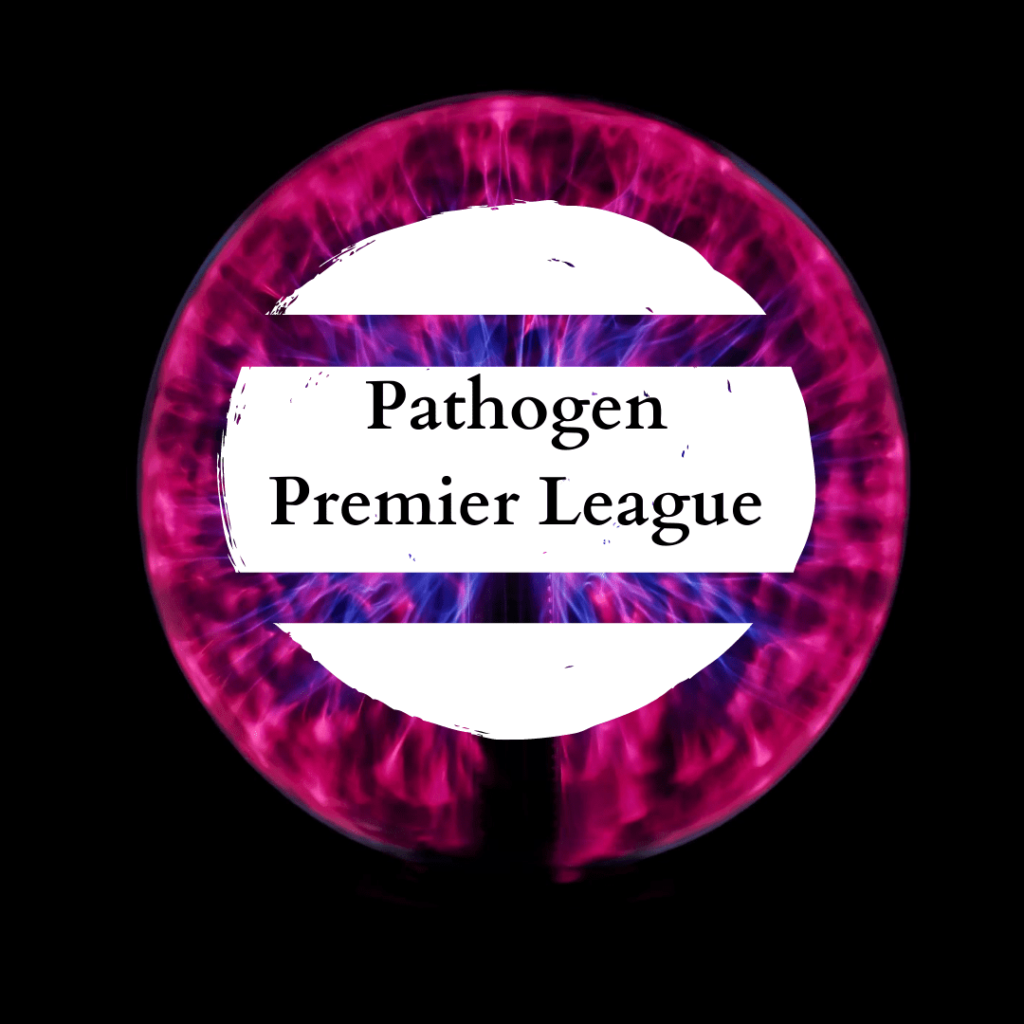As we walk back home after a long and gruelling session of grocery shopping (or stocking, should I say?), we feel relieved for all the time and efforts we’ll be saving for the next few weeks. We see our neighbour pass-by and acknowledge with a curt nod. ” Love thy neighbour” is clearly at an all-time low. We enter our houses, and suddenly, a tingling sensation arises in our hands! Perplexed, we check them to see what’s wrong and *bam* it hits us! We drop all our essentials at ‘ Quarantine Corner’, lunge towards the nearest wash-basin, open the tap precariously….and wash our hands. The tingling, of course, was caused by Pandemicus handwashinia. And now we’re relieved again, as our hands have been purged of the impunity called Coronavirus!
~
Isn’t this how our lives look like post-pandemic? With the constant rise in cases, we become ever-more wary, tired and frustrated with how life is panning out this year. We’ve read all there is to read on viruses, vaccines and whatnot. But there is more to this than what meets our eye. We’ll get to that in a minute. Let us first examine the reason due to which this whole pandemic started.
“Wet- market” is a term which many were unaware of, before this pandemic. But that’s because we don’t give a specific name to our local fish and sabzi-mandi! Essentially, wet markets can consist of all markets selling fresh produce and meat. This meat may exist in the dead, or even in the alive form. These markets seem to have existed, or rather, co-existed, with humans, as our civilizations evolved over the centuries. Yet, this quintessential example of humans’ adoption of agriculture and our subsequent success as a civilization, seems to be under intense scrutiny now. Particularly, after the outbreak of Covid-19 in the wet markets of Wuhan, China. And this is not the first time. So, what’s so different about China’s wet markets? Well, it isn’t just China, but the entire region of South-Asia and these wet markets have been the way they are for ages: they sell exotic meats, in addition to poultry meat and fresh produce. Exotic meat refers to the meat of bats, pangolins, snakes, reptiles, amphibians, chimpanzees and even reindeer, that’s sometimes sold alive!
But what is it that draws people to consume unconventional and exotic species in the first place? To start with, the consumption of exotic meats such as that of snakes and pangolins is thought to be beneficial to humans’ immunity. Ancient Cantonese and South-Asian medicine relies heavily on using the parts of various plant and animal species’ in herbal preparations, as part of a broader stream of medicine, called the Traditional Chinese Medicine (TCM). Snake-soup is a fan- favourite in many parts of China and continues to be favoured even after the outbreak of the pandemic.

Now, these markets may be culturally significant to some extent, but can they guarantee the health of the individuals consuming their products? This question may seem like an antithesis here, for it was just mentioned that these wild species contribute to improving the health of individuals! However, with the current global climate, a big question mark looms in front of this traditional form of medicine as well. After all, the Coronavirus is thought to have originated in a wet-market selling wild species for herbal preparations. But that does mean one thing: the problem may or may not lie in the preparations themselves, but it does in the way humans interact with the animals, and in how they, in turn, interact with each other. According to studies, wet-markets are essentially the “playgrounds” for all pathogen; here, people and animals interact in an environment so unbeknownst to either of them, and the pathogen scores a sixer! The artificial conditions in which these wild species are kept together, and the proximity of humans to them, makes it very easy for a virus like the Coronavirus, to make those viral “jumps” from one species to the next. And it did: from a bat to a pangolin, finally reaching humans.

Not so unassuming anymore!
There however exists a completely different angle as to why people prefer such exotic delicacies. The meat of wild species holds an entirely different value, in terms of uplifting peoples’ societal stature. This meat is priced from around 100 yuan (close to 1000 rupees) to a whopping 1000 yuan and more, per animal! China, in fact, is currently the largest market for all such wild species, with these sales bringing in about 23 billion dollars a year! Clearly, this trade is an economy-builder and thus, this pricing forms an immediate hierarchy in the society and being able to afford such delicacies becomes a matter of pride for many. Eating wild exotic species becomes a luxury, not a necessity. The enormous demand of animals for usage in traditional medicine, as well as luxury-eating, consequently leads to supplies through all sorts of illegal trades and poaching. Even the so-called ” wildlife farms” that claim to breed these species are said to have questionable protocols.
” Eating wild exotic species becomes a luxury, not a necessity.”
Combining all of these factors, we can only guess the impact such industries have on entire species and ecosystems, that may be nearing extinction now. The perfect example is that of the pangolin. A pangolin is a small, shrew-like mammal and it possesses shiny, keratinous scales on its skin. This docile creature is the most hunted mammal today, with all 8 species being endangered, critically endangered or vulnerable, according to the Red List of the IUCN. Its scales are used in herbal preparations, and the animal itself is consumed in the form of soup. Their “alleged” involvement in the Covid-19 pandemic seems to have worsened things, with mass slaughter becoming more prevalent in a bid to curb the disease.

Many Keelback snakes are the preferred species for usage in snake-soup. Here, an Indian Green Keelback spotted in the Western Ghat area. Picture credit: Anuj Shinde
Illegal wildlife trafficking and poaching are huge industries today. It is very clear now that just like the pangolin, there are countless other such animals that are being killed globally. Their numbers are fast declining, and this rapid declination will lead to a domino effect, where other plants and animals dependent on them will start dying out. There is growing concerned about the wet-markets of the world today, with respect to violating WHO health regulations as well as ignoring dire signs of species extinction. It makes one wonder, is indiscriminate hunting really vital for our health and survival? On the contrary, the survival of these innocent animals would mean that humans survive too! Ecosystems are living, breathing systems and depend on positive feedback to thrive. Wiping out an important component of this delicate system would only lead to it falling apart, with the rest of the components following tail.
And yet, this trade thrives. For we feign ignorance. For we think that animals are inferior to humans. We couldn’t be more wrong.
~
The views expressed in this article are the personal views of the author
. . .
Writer:

Luminaa Anandh

